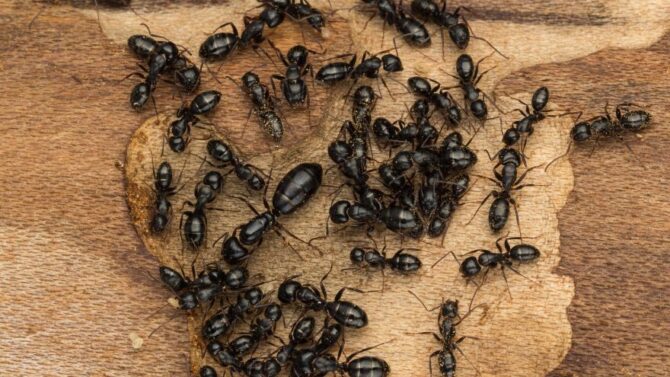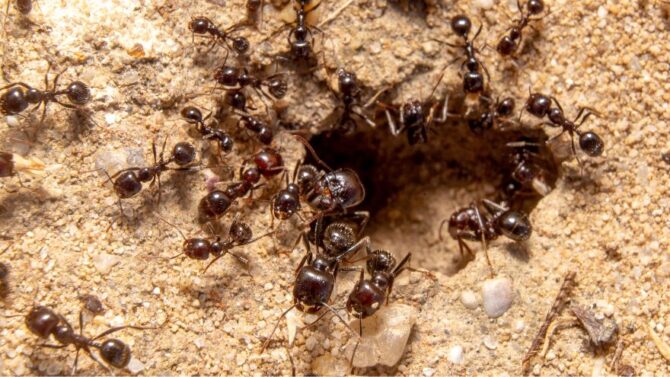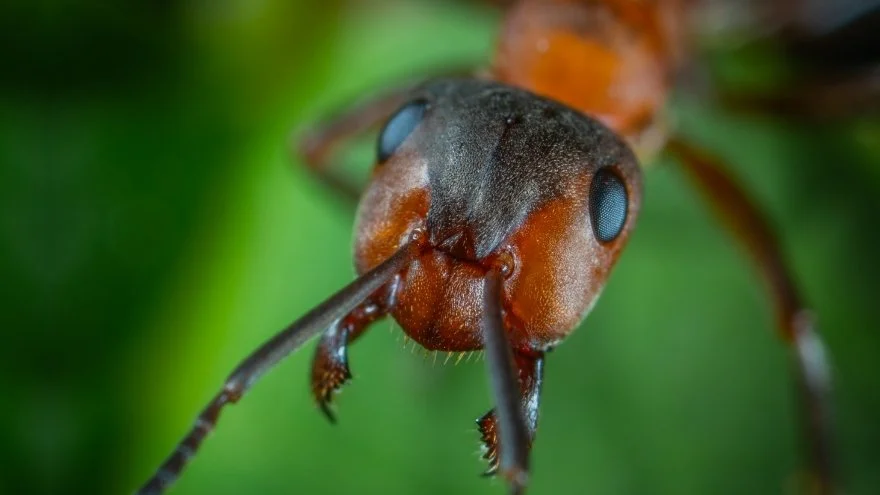Ants live in colonies defined by a physical and social structure. Their way of life has been a subject of several studies.
It is fascinating how these insects created their ant colony structure and live in an organized society for their survival.
Ants have a queen (or more), some worker ants, and males, all of which play roles that keep the colony moving. These roles are distinct, yet complementary. While we might think that ant colonies are in the anthills, these ants live underground.
Let’s get into more detail on how the ant colony is structured.
What are the 3 Casts of the Ant Colony Structure?
Ants have a caste system that characterizes their society. This caste system ensures their survival, reproduction, and well-being.
The three different casts in ant colonies are:
- Queen – Reproductive female
- Workers – Non-reproductive females
- Drones (males) – Reproductive males
The reproductive female is also called the queen, and she is the leader of the colony.
The queen is the mother of the colony, and the survival of the entire colony depends on her.
She gives birth to other reproductive females, non-reproductive females, and reproductive males. She’s the one that controls the sexes.
The non-reproductive females are more in number, even more than the reproductive males. They’re called workers, and they do the brunt of work in the colony.
Reproductive males are called drones and are under no obligation to do any chores. Their sole purpose is to reproduce, which is their life’s worth.
This is only the surface. We’ll look more into the roles of the queen, worker, and male ants in the next part.
Ant Castes: What are the Roles in an Ant Colony?
What Do Queen Ants Do?
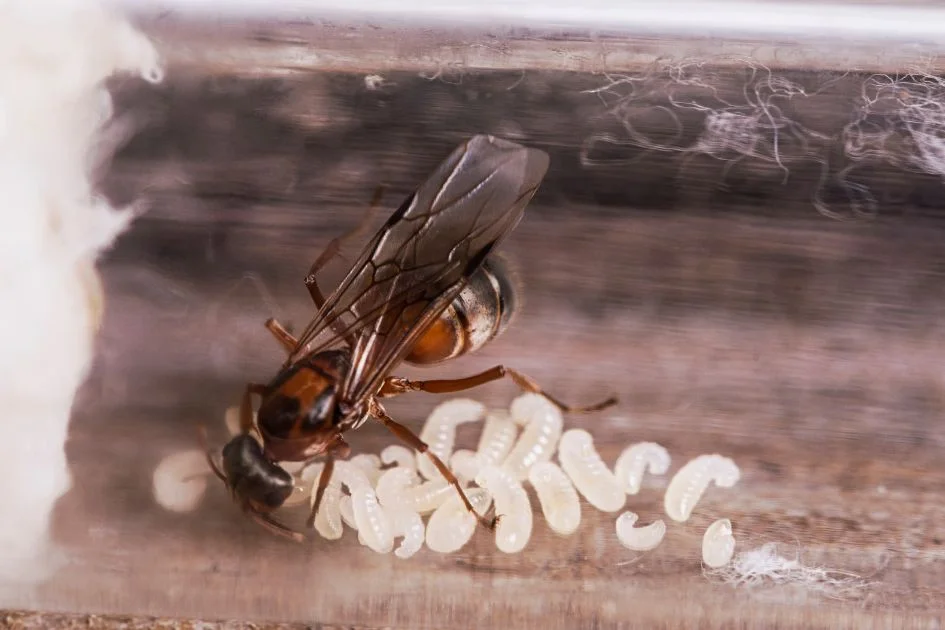
The queen is the focal point of any colony, but her leadership is based more on reproduction and survival than actual ruling.
Her main function is to mate and lay eggs, and she determines what sex each egg will be.
Her fertilized eggs turn into females, and most of them are workers.
For these workers, the queen produces a chemical that stunts ovary development and wing growth.
Only after there are sufficient workers does the queen produce some virgin queens. Her unfertilized eggs become males, also essential for mating.
Queens live longer than workers and drones, with some going for decades. A colony can have only one queen (monogyny) or multiple queens (polygyny).
Also See: Why Is There No King Ant? 3 Surprising Reasons & Facts
What Do Workers Do?
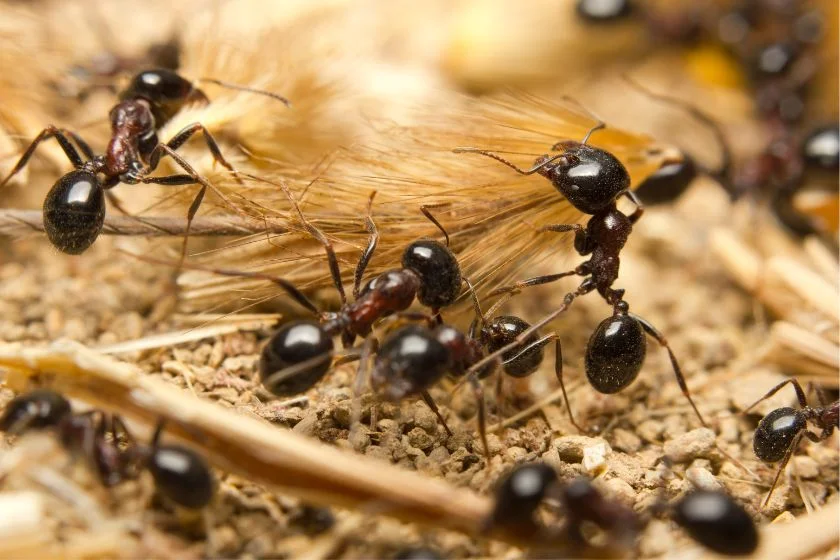
Workers are the most populous ants. They serve and protect the queen, more out of an instinctive need to survive than out of love.
Because they don’t lay eggs like the queen, they are confined to doing chores and ensuring the queen keeps producing.
Workers are responsible for the smooth running of the colony, and they oversee foraging, resolving conflicts, and taking care of the mother queen.
Worker ants live up to a few weeks and a year.
What Do Drone (Male) Ants Do?
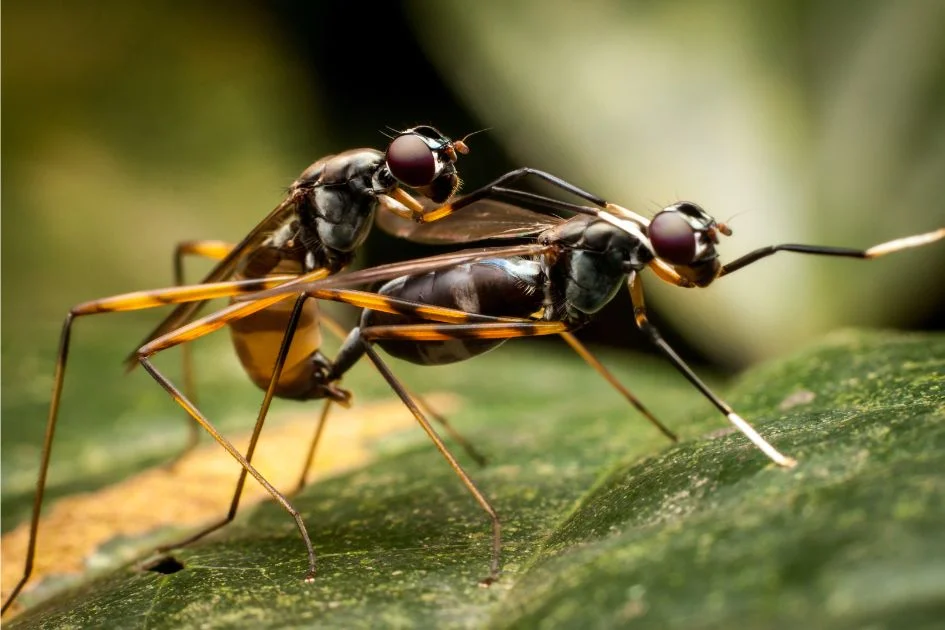
Drones play a major role in the mating process, and just like queens, they are meant solely for reproduction.
These male ants also have a sad story as they die right after mating.
They are larger than worker ants but are different anatomically from the queens.
They don’t work like worker ants, though they may contribute now and then. Males have a darker color, more than other members of the caste.
How Do Ants Mate?
Mating occurs between a young virgin queen and a drone ant. This mating forms the foundation of any colony, thus it is called the founding stage.
Young males and females are always winged, and they fly out of their birth colonies in search of other mates. This is called a nuptial flight.
In some colonies, nuptial flight is always large as many female queens and males take flight. However, not all of these insects survive.
Predators and even workers of other colonies threaten the survival of ants in nuptial flights. Those that survive end up mating, and after mating the male dies.
A queen can copulate with several males during their mating periods, after which she loses her wings and will never mate again.
She stores the sperm in the spermatheca, an internal pouch located close to the abdomen.
The queen looks for an adequate site to start her nest. Once she finds it, the process of laying eggs begins.
There’s a valve in her abdomen that is opened to release the sperm into her reproductive tract.
What is the Average Lifespan of an Ant Colony?
Ant colonies don’t survive forever. Because they depend on the queen, colonies tend to live as long as she does—though some can last longer. It all depends on the ant species involved.
The longer the queen’s lifespan is, the longer the colony can stand. This is why workers protect the queen with all they have.
We can take as an example the fire ant species. Characterized as both invasive and aggressive, fire ants can become pests who would be around for a long time.
The fire ants queen can live for seven years, and each day she lays an estimated 1,000 eggs.
What is the Average Population of an Ant Colony?
The ant population also depends on the ant colony species in question. Some colonies are around 100, others get to thousands and even tens of thousands of ants.
A good example of the latter is the fire ant, which we mentioned above.
Fire ant species and some others with a large population might even create a supercolony.
Supercolonies comprise multiple nests, queens, and workers. Each supercolony can contain up to a million ants.
Overall, there isn’t a particular number one should expect from the colonies.
Related Questions
What happens when a queen ant dies?
When the queen passes away the colony dies because she has no successor, except in very rare cases where a colony has multiple queens.
However, if the queen ant dies, the ants would not move to another territory; rather, they continue to bring back resources for their survival until they die of old age or other external courses.
Final Thoughts
Ants are eusocial insects, and we can learn a thing or two from their united nature and cooperation.
With an organized structure and mode of survival, ants awaken our curiosity.
Of course, it isn’t all sweet and roses with ants. There’s a lot of death and struggle for survival involved, especially with the male that lives only to mate.
That is to be expected of animals, however.
References & Notes
- Daniel Kronauer, The Rockefeller University. “Ant colonies behave like neural networks when making decisions,” 20 July 2022.
- Tate Holbrook, Rebecca Clark, and Brian Haney, Arizona State University. “Secrets of a Superorganism.”
- Van Wilgenburg, E., Torres, C. W., & Tsutsui, N. D. (2010). The global expansion of a single ant supercolony. Evolutionary applications, 3(2), 136–143. https://doi.org/10.1111/j.1752-4571.2009.00114.x
